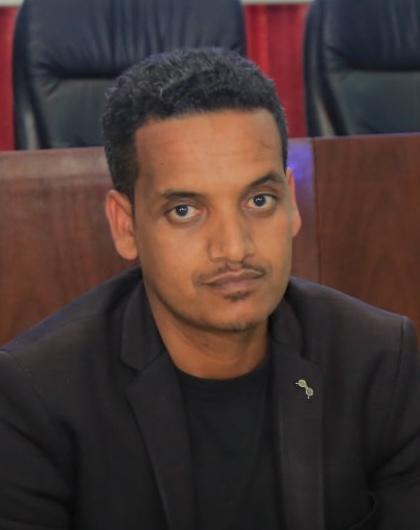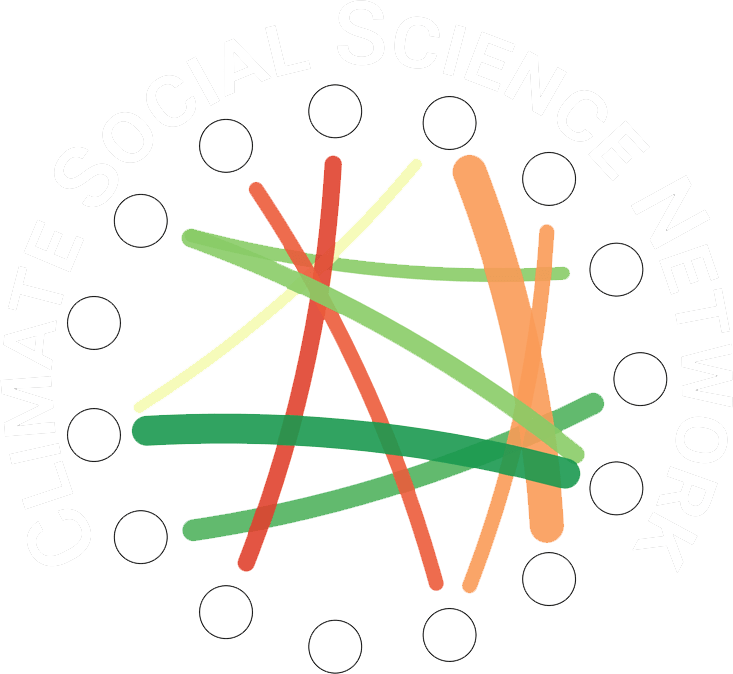Scholars
Gebrie Tsegaye Mersha
Kotebe University of Education
Based in
Ethiopia
Africa
Gebrie Tsegaye Mersha has over 14 years of experience in teaching and research in the fields of geography and environmental studies. His areas of expertise include climate change vulnerability and adaptation; human mobility, land use and land cover change analysis, natural resource management, livelihoods and food security, as well as GIS and remote sensing applications. Additionally, he brings more than a decade of experience in community services, focusing on the application of GIS and remote sensing, environmental management, and climate-related issues.

Country(ies) of Specialty
EthiopiaFocus areas of expertise
Climate policy and politics Geoengineering Scientific assessments AgriculturePublications
Articles
Bewketu Mamaru, Yitayal Addis, Gebrie Tsegaye Mersha, Yetnayet Fantaye, Tiku Melak, and Matiyas Nigatu. “Exploring the Drivers of Walkability: Implications for Enhancing Perception and Policy to Livable Cities.” City and Environment Interactions, 2025, https://doi.org/10.1016/j.cacint.2025.100197.
Gebrie Tsegaye Mersha, and Asnake Mekuriaw. “Evaluation of Daily-Based Satellite Rainfall Estimates for Flood Monitoring in Gumera Watershed, Amhara Region, Ethiopia.” Cogent Social Sciences, 2025, https://doi.org/10.1080/23311886.2024.2433690.
Gebrie Tsegaye Mersha and Asnake Mekuriaw, “Performance Evaluation of Satellite Rainfall Estimates for Flood Monitoring in Gumera Watershed, Amhara Region, Ethiopia”. Addis Ababa University, 2023, http://etd.aau.edu.et/handle/123456789/1344.
Gebrie Tsegaye Mersha, and Yetnayet Fantaye. “Mapping of Livestock Movement Routes in Afambo and Teru Districts of Afar National Regional State, Ethiopia.” Spatial Information Research, vol. 27, 2019, pp. 433–38, https://doi.org/10.1007/s41324-019-00247-3.
Bewketu Mamaru Mengestie, and Gebrie Tsegaye Mersha. “Land Suitability Modeling for Camel Husbandry in Dubti and Mile Districts, North East Ethiopia.” Spatial Information Research, vol. 26, 2018, pp. 233–40, https://doi.org/10.1007/s41324-018-0167-1.


